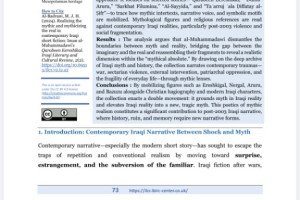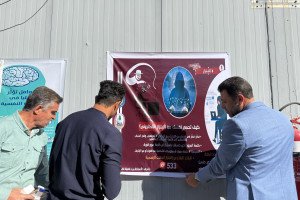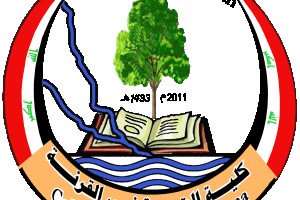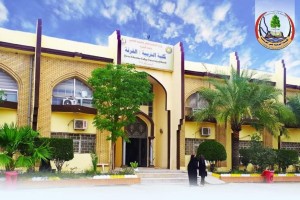
A master’s thesis at the Qurna College of Education at the University of Basra, Department of Arabic Language, discussed the study (Linguistic Criticism of Dr. Hadi Hassan Hamoudi) by researcher Taghreed Kazem Hamid.
The thesis dealt with the concept of linguistic criticism in general, and then explained the linguistic criticism of Dr. Hadi Hassan Hamoudi in particular, because he is considered one of the scientific figures who contributed greatly to the linguistic correction movement in general, and linguistic criticism in particular. He is one of the prominent linguists who served the Arabic language and the Arab heritage, as the library was filled with Contemporary Arabic with his research, studies, and investigations. His writings have reached eighty-eight so far, and their fields have varied between language, literature, history, thought, linguistic criticism, contemporary issues, and others. This study came in three chapters, preceded by an introduction and a preface, and ended with a conclusion and a list of its sources and references. As for the introduction, it took care of By stating the general frameworks of the study, including the objectives, difficulties, study plan, method, and sources, it contains a disclosure of previous studies. The introduction includes two main topics: the first: an overview of the concept of linguistic criticism in general, and the second: a brief overview of the life of Dr. Hadi Hassan Hamoudi. As for the study chapters, they are as follows: The following chapter was titled (Phonological and Morphological Criticism) and included two sections: The first section was devoted to studying phonological issues, and the second section was devoted to studying morphological issues. The second chapter was titled (Syntactic Criticism). This chapter was divided into topics because its topics are many and varied. As for the third chapter, it was entitled (lexical and semantic criticism) It is divided into two sections, the first section is criticism on lexical issues or books, and the second section is criticism on semantic issues.









